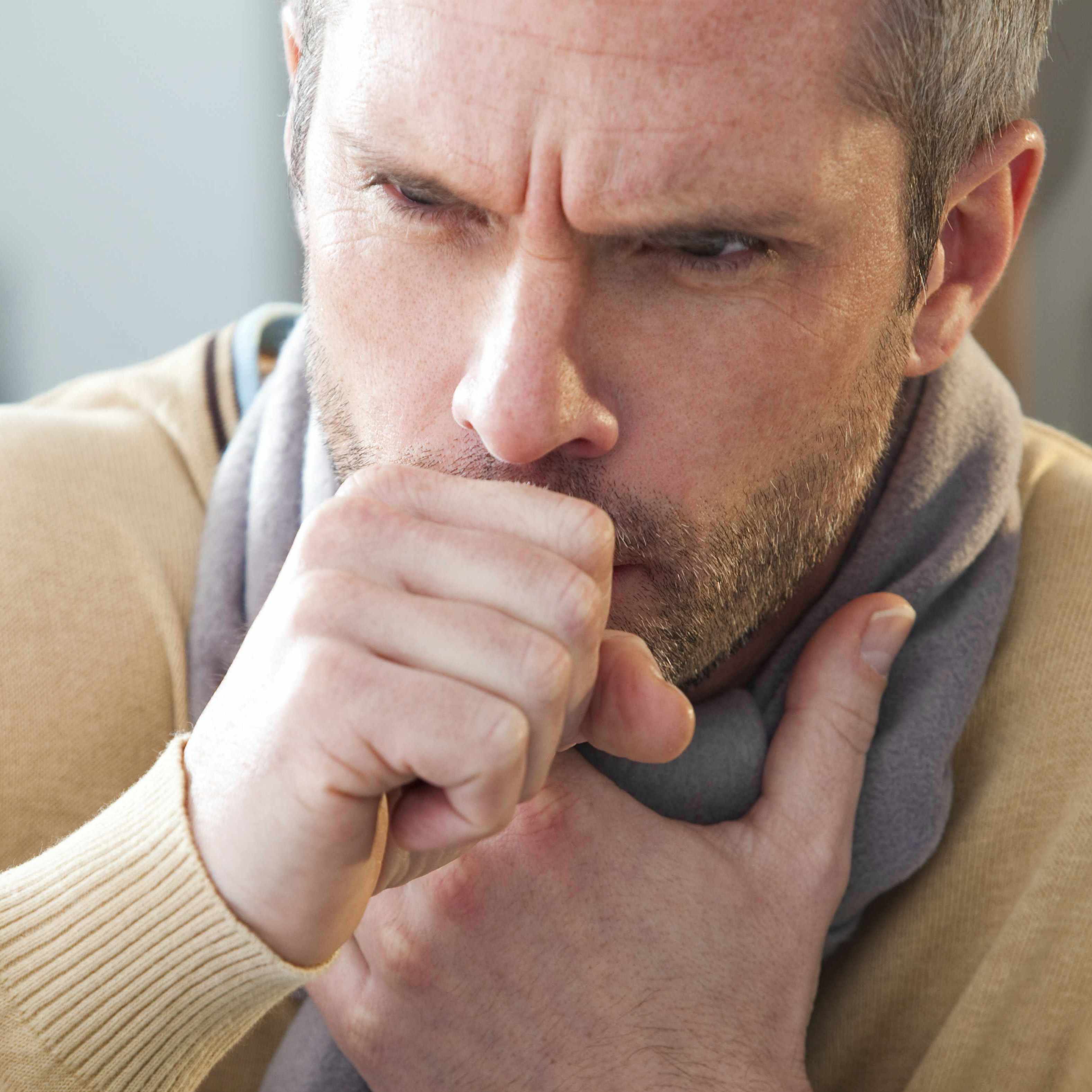-
COVID-19
COVID-19: The tale of 1 virus and 2 testing methods
When a new virus emerges that infects and sickens humans, the wheels of innovation start turning quickly in the world of health care and biomedical research. Teams versed in different aspects of laboratory medicine work together to better understand the virus and develop tests to identify those who are infected or have been exposed to the virus in the past.
Read on to learn about those tests, and why both are needed to fight pandemics.
What Is a Virus?
A virus' genome is composed of either DNA or RNA ― the basic building blocks of all life. Viruses don't grow on their own. They must use host cells to make more virus and cause disease.

Sometimes people may be infected by a virus and never know it because their immune system successfully clears out the virus. Others may develop an active infection with symptoms that vary depending on the infecting virus. These symptoms can involve the gastrointestinal tract, lungs or central nervous system among other body sites.
There are more than 200 viruses in the world known to infect humans, and several new ones are identified each year. About 80% of known viruses that infect humans have a nonhuman host, where the virus is maintained in between human outbreaks. This includes coronaviruses ― the family of viruses that includes SARS-CoV-2, the virus that causes the disease COVID-19.
"The prevailing opinion across the health care and research community is that we will continue to see new viruses emerge for the foreseeable future," says Matthew Binnicker, Ph.D., director of Mayo Clinic's Clinical Virology Laboratory.

Researchers weren't particularly surprised by COVID-19, he says. "For those of us who work in Clinical Virology, SARS, H1N1, MERS, Ebola and Zika were continual reminders that viral pandemics are something that we must prepare for so we can reduce the global impact with future pandemics."
Enter COVID-19
Whenever a new virus infecting humans shows up on the scene, a variety of clinical and research activities commence. Virologists determine what kind of a virus it is. There are 21 known virus families that infect humans. Knowing what family the virus comes from gives the medical and research communities an idea of what symptoms may emerge and what existing treatments could prove effective.
Public health experts investigate the source of the infection. The type of virus gives them some clues, as certain virus families are known to originate primarily in certain types of hosts, such as bats, or are transmitted by a defined vector, such as mosquitos. Subsequently, laboratory medicine researchers get to work on developing and evaluating tests to help diagnose current and past infections.
Testing For Active Infection: Finding the virus
Diagnostic tests designed to detect nucleic acid (e.g., DNA or RNA) from the newly emerged virus can quickly indicate whether a symptomatic patient has been infected with the virus of interest. Such tests are frequently referred to as molecular assays. If the result is negative, clinicians can use this information to consider alternative causes of the patient's symptoms. Read about Mayo Clinic's COVID-19 test, which has been used for testing since mid-March.

Some viruses are extremely contagious and can be quite deadly, so rapid identification of symptomatic, infected and contagious patients allows health care workers to protect themselves and others. These patients may be isolated to minimize virus transmission and provide appropriate treatment.
Understanding who has become infected with the new virus also helps public health experts build models to predict how the disease will spread. Knowing this, they can recommend tactics to reduce the spread and protect vulnerable populations.
Tests To Detect Recent Or Past Infection
Alongside development of molecular assays to detect active viral infection, researchers also may work on developing a test to determine whether a patient has developed antibodies to the virus. Antibodies are produced by the person's immune system, and are critical for control and clearance of the virus.
"Importantly, it takes time for these antibodies to develop and become detectable by our assays. For COVID-19, preliminary data suggest that this time can be anywhere from eight to 11 days for most infected people," says Elitza Theel, Ph.D., director of Mayo Clinic's Infectious Diseases Serology Laboratory.

The presence of antibodies to a specific virus indicates that the patient has been infected at some point, she says. However, if the patient is tested too soon after developing symptoms, these serologic assays may be negative, simply because the body has not had enough time to develop an antibody response. For this reason, serologic assays are not typically performed in patients who have exhibited symptoms for only a few days.
Detecting an antibody response, however, is important for public health experts because it gives a more complete picture of the overall prevalence or how widespread the virus is. It also allows them to identify which personal characteristics and environmental factors appear to play a role in how severely the virus affects particular groups of people, or populations. For example, influenza is more likely to cause severe illness among the very young or very old; whereas, Zika virus is most dangerous for women who are pregnant or may become pregnant because it can cause severe birth defects.
"By identifying what percentage of the population has been infected, we can better determine how far the virus has spread," says Dr. Theel. "And at some point, we will reach a peak level of infection, at which point we will have reached herd immunity, when fewer individuals will be at risk of infection."
Developing a test that can identify virus-specific antibodies is also important for evaluation of the immune system's response to vaccine for the new virus. Although vaccines against COVID-19 are being developed and evaluated, no vaccine is currently available.
However, even prior to developing a vaccine, in some cases, antibodies from an infected person can be collected and given to sick people in an effort to provide immediate protection while the patient's own immune system works to develop a strong antibody response. This causes what is called passive immunity, which can sometimes prevent infection or boost an immune response to combat the disease.
Most commonly, passive immunity occurs naturally, when antibodies are transferred from mother to infant via the placenta or breast milk. People also can be given passive immunity by receiving injections of blood components from people who have antibodies. The finding of positive antibodies in a patient who has recovered from infection indicates that they have developed active immunity.
The antibody test that Mayo Clinic researchers are evaluating will be used to identify people who have recovered from COVID-19 and those who have active immunity.

"While new cases will continue to emerge, our efforts to develop diagnostic tests are focused on identifying infected patients and reducing further spread of the disease," says Dr. Binnicker.
Population infection rates determined by these two types of tests will be important as part of a longer term effort to determine how long protective immunity lasts. For example, most people who have had measles are immune for life. However, people who are infected with common cold viruses may develop short-term immunity, but may be susceptible to infection with the same virus at some point in the future.
"With COVID-19, we're hoping that infection will yield long-term immunity," says Dr. Binnicker, "However, we have a lot more to learn about this virus and the disease to know for sure."
Time ― and tests ― will tell.
— Elizabeth Zimmermann, March 31, 2020







